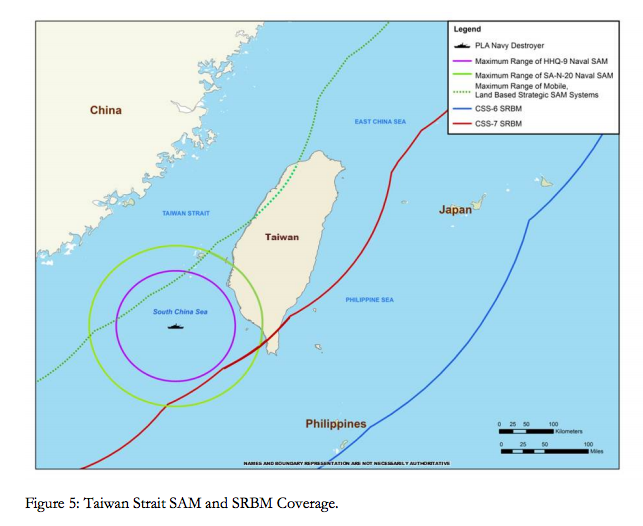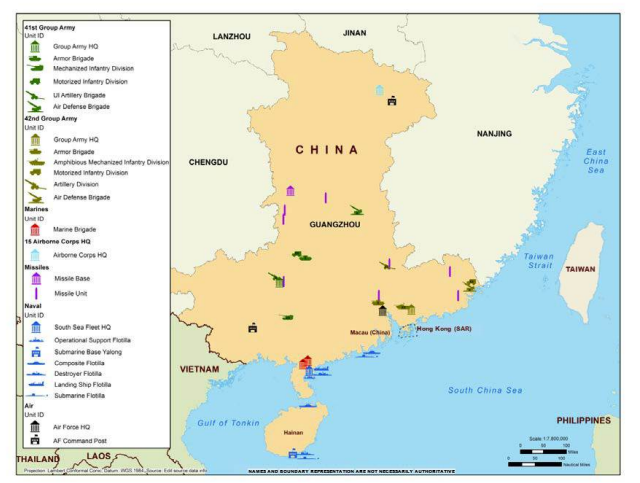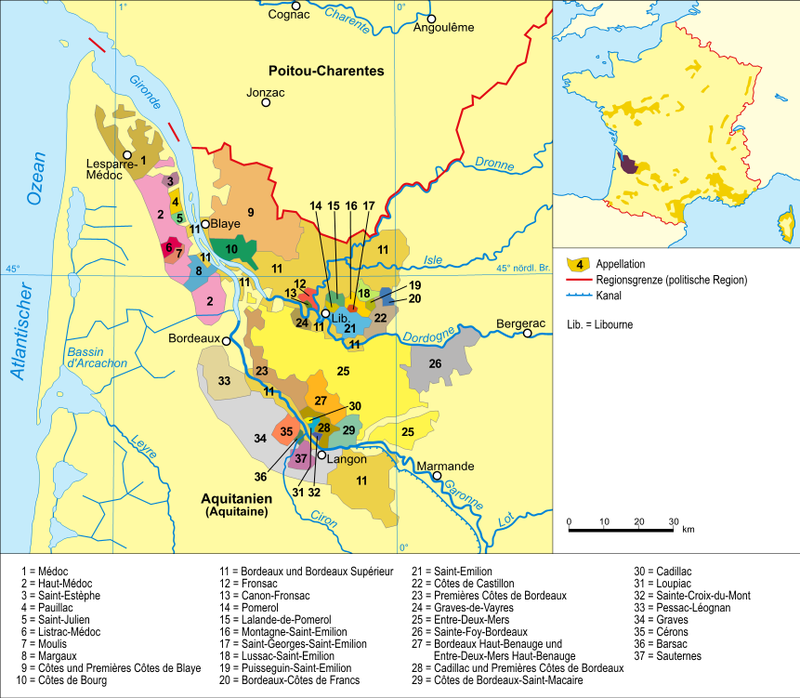6th June 1944
Place: Carter Bks, Bulford
The initial stages of operation OVERLORD insofar as the 1st. Cdn. Parachute Battalion was concerned, were divided into three tasks. The protection of the left flank of the 9th Para Battalion in its approach march and attack on the MERVILLE battery 1577 was assigned to “A” Company. The blowing of two bridges over the RIVER DIVES at 1872 and 1972 and the holding of feature ROBEHOMME 1873 was assigned to “B” Company with under command one section of 3 Para Sqdn Engineers. The destruction of a German Signal Exchange 1675 and the destruction of bridge 186759 plus neutralization of enemy positions at VARRAVILLE 1875 was assigned to “C” Company.
The Battalion was to drop on a DZ 1775 in the early hours of D Day, “C” Company dropping thirty minutes before the remainder of the Battalion to neutralize any opposition on the DZ. The Battalion emplaned at Down Ampney Airfield at 2250 hours on the 5th June, 1944. “C” Company travelled in Albemarles and the remainder of the Battalion in Dakotas (C-47). The flight was uneventful until reaching the French coast when a certain amount of A.A. fire was encountered. Upon crossing the coast-line numerous fires could be seen which had been started by the R.A.F. bombers. Unfortunately the Battalion was dropped over a wide area, some sticks landing several miles from their appointed R.V.. This factor complicated matters but did not deter the Battalion from securing its first objectives.
Protection of Left Flank of 9 Para Bn – A Company
“A” Company was dropped at approximately 0100 hours on the morning of 6th June, 1944. Lieut. Clancy, upon reaching the Company R.V. found only two or three men of the Company present. After waiting for further members, unsuccessfully, of the Company to appear, he decided to recce the village of GONNEVILLE SUR-MERVILLE 1676. Taking two men he proceeded and penetrated the village but could find no sign of the enemy. He then returned to the Company R.V. which he reached at approximately 0600 hours and found one other Officer and twenty Other Ranks of the Battalion and several men from other Brigade Units waiting. The entire body then moved off along the pre-arranged route to the MERVILLE battery. Encountering no other opposition enroute other than heavy R.A.F. Bombardment at GONNEVILLE SUR-MERVILLE. Upon completion of the 9th Battalion task the Canadian party acted first as a recce patrol to clear a chateau 1576 from which a German M.G. had been firing and then acted as a rear guard for the 9th Battalion withdrawal toward LE PLEIN 1375. The party left the battalion area (9th Battalion) at LE PLEIN at 0900 hours and reached the 1st Cdn. Para. Bn. position at LE MESNIL BAVENT cross roads 139729 at 1530 hours on the 6th June, 1944.
ROBEHOMME – “B Company
Two platoons of “B” Company were dropped in the marshy ground south and west of ROBEHOMME. Elements of these platoons under Sgt. OUTHWAITE then proceeded toward the Company objective. Enroute they encountered Lieut. TOSELAND with other members of “B” Company making a total of thirty All Ranks. They were guided through the marshes and enemy minefields to the ROBEHOMME bridge by a French Woman. On arriving at the bridge they met Capt. D. GRIFFIN and a further thirty men from various sub-units of the Battalion, including mortars and vickers Platoons. MAJOR FULLER who had been there for some time left in an attempt to locate Battalion Headquarters. Capt. GRIFFIN waited until 0630 hours for the R.E.’s who were to blow the bridge. As they failed to arrive explosives were collected from the men and the bridge successfully demolished.
A guard was left on the bridge and the main body withdrawn to the ROBEHOMME hill. Although there were no enemy in the village there were several skirmishes with enemy patrols who were attempting to infiltrate through the village and some casualties were suffered by the Company. An O.P. was set up in the church spire. An excellent view was obtained of the road from PONT DE VACAVILLE 2276 to VARRAVILLE. Artillery and infantry could be seen moving for many hours along this road from the East. It was particularly unfortunate that wireless communication could not be made with Bn. H.Q. as the subsequent fighting of the Battalion was carried out in such close country that observation of enemy movement was almost impossible.
At 1200 hours on the 7th June, 1944, it was decided to recce the route to Bn. H.Q.. Upon the route being reported clear orders were issued for the party to prepare to join Bn. H.Q. Lieut. I. WILSON, Bn. I.O. came from LE MESNIL to guide the party back. The move was made at 2330 hours, the strength of the party by this time being 150 All Ranks, the addition having been made by stragglers of various units who had reported in. The wounded were carried in a civilian car given by the cure, and a horse and cart given by a farmer. The route was BRIQUEVILLE 1872 to BAVENT road 169729, through the BOIS DE BAVENT and on to LE MESNIL cross roads. Near BRIQUEVILLE the lead platoon was challenged by enemy sentries. The platoon opened fire killing seven and taking one prisoner. Shortly afterwards this same platoon was fortunate enough to ambush a German car which was proceeding along the road from BAVENT. Four German Officers were killed. Bn. Headquarters was reached at 0330 hours on the 8th June, 1944.
VARRAVILLE – “C” Company
The majority of “C” Company was dropped west of the RIVER DIVES, although some sticks were dropped a considerable distance away including one which landed west of the RIVER ORNE. Due to this confusion the company did not meet at the R.V. as pre-arranged but went into the assault on the Chateau and VARRAVILLE in separate parties. MAJOR McLEOD collected a Sgt. and seven O.R.’s and proceeded towards VARAVILLE. En route they were joined by a party under Lieut. WALKER. One of the Sgts. was ordered to take his platoon to take up defensive positions around the bridge that the R.E. sections were preparing to blow. This was done and the bridge was successfully demolished.
MAJOR McLEOD and Lieut. WALKER with the balance of the party then cleared the chateau and at the same time other personnel of “C” Company arrived from the DZ and cleared the gatehouse of the chateau. The gatehouse then came under heavy M.G. and mortar fire from the pill box situated in the grounds of the chateau. The pill-box also had a 75 mm A/Tk. Gun. The whole position was surrounded by wire, mines and weapon pits. MAJOR McLEOD, Lieut. WALKER and five O.R.’s went to the top floor of the gatehouse to fire on the pillbox with a P.I.A.T. the enemy 75mm A/Tk. Gun returned fire and the shot detonated the P.I.A.T. ammunition. Lieut. WALKER, CPL. OIKLE, PTES. JOWETT and NUFIELD were killed and MAJOR McLEOD and PTE. BISMUKA fatally wounded. PTES. DOCKER and SYLVESTER evacuated these casualties under heavy fire. CAPT. HANSON, 2 i/c of “C” Company was slightly wounded and his batman killed while proceeding to report to the Brigade Commander who had arrived in the village from the area in which he dropped. “C” Company, together with elements of Brigade H.Q. and the R.E.’s took up defensive positions around the village and a further party encircled the pill-box in order to contain the enemy. A further party of “C” Company under Lieut. McGOWAN who had been dropped some distance from the DZ arrived in VARAVILLE in time to catch two German Infantry Sections who were attempting to enter the town. Lieut. McGOWAN’s platoon opened fire causing casualties and the remainder of the enemy surrendered. This platoon took up firing positions firing on the enemy pill-box. “C” Company H.Q. which was located in the church yard pinned an enemy section attempting to advance in a bomb crater killing at least three. The chateau was evacuated by our troops and left as a dressing station. An enemy patrol re-entered the chateau and captured the wounded including Capt. BREBNER, the Unit M.O., and C.S.M. Blair of “B” Company. This patrol although attacked by our own troops managed to escape with their prisoners.
Heavy enemy Mortar Fire and sniping was brought to bear on our positions from the woods surrounding VARAVILLE. During this time the local inhabitants were of great assistance, the women dressing wounds and the men offering assistance in any way. One Frenchman in particular distinguished himself. Upon being given a red beret and a rifle he killed three German Snipers. This man subsequently guided the Brigade Commander and his party towards LE MESNIL. Although it is believed he was a casualty of the bombing attack that caught this party enroute to LE MESNIL.
At approximately 1030 hours the enemy pill-box surrendered. Forty-two (42) prisoners were taken and four of our own men who had been captured were released. From 1230 hours on artillery fire was brought to bear on VARAVILLE from the high ground east of the RIVER DIVES. At 1500 hours cycle troops of the 6th Commando arrived and at 1730 hours on 6 June, 1944, “C” Company proceeded to the Bn. area at LE MESNIL. The german prisoners giving evident satisfaction to the French population enroute.
VICKERS PLATOON – Initial Stages
The Vickers platoon was dropped in four sticks of ten or eleven each being a total of forty-one (41) All Ranks. For the first time their M.G.’s were carried in Kit Bags, a number of which tore away and were lost.
The Platoon was dropped over a wide area, a part of them joining “C” Company’s attack on VARAVILLE, part joining “B” Company at ROBEHOMME and part joining Bn. H.Q.. Casualties on the drop totalled twelve missing and three wounded. One of the missing, PTE. PHIPPS, was identified in a photo in a German newspaper found on a P.W. After the initial Company tasks had been accomplished the platoon was deployed to the Companies as single gun detachments or as Sections.
MORTAR PLATOON – Initial Stages
The Mortar Platoon was dropped over a wide area and suffered very heavy loss in equipment due to kit bags breaking away and a great majority of the men landing in marshy ground. As the platoon dropped they attached themselves to the nearest company they could find and assisted in the capture of the objectives. One detachment commander landed on top of the German pill-box at VARAVILLE. He was made prisoner and spent the rest of the time in the pill-box until the Germans surrendered to “C” Company. A point of interest was that the P.I.A.T. Bombs did definite damage to the interior of the pill-box and had a very towering effect upon the morale of the defenders.
Some of the Mortar Platoon which joined “B” Company at ROBEHOMME were detailed to guard the approaches to the destroyed bridge. Three enemy lorries full of infantry appeared on the other side of the bridge. The guard opened fire knocking out one truck killing most of its occupants. The other two lorries were able to withdraw. One of our own men who was a prisoner in the lorry was able to make good his escape.
Upon the detachments arriving at LE MESNIL they were re-grouped as a platoon and given three mortars which had arrived by sea. These mortars were set up in position in the brickworks where they engaged the enemy.
BATTALION HEADQUARTERS – Initial Stages
The Commanding Officer, 2 i/c, Signals Officer and the Intelligence Officer and a small portion of the Battalion Headquarters together with elements of 224 Para Fd. Ambulance and other Brigade Units met at the Battalion R.V. in the early hours of the morning of 6th June, 1944. The Signals Officer was detailed to look after the Enemy Signal Exchange near the R.V.. He went into the house and found a certain amount of Signals equipment which he destroyed but he found no Germans. The Intelligence Officer set out with two men to recce VARAVILLE and bring back a report on the situation. In the Battalion Headquarters meantime the party moved off to LE MESNIL taking with them many scattered elements including a 6 Pdr. A/Tk. Gun and crew. Upon reaching the Chateau 1574 they encountered part of the Brigade Headquarters. The party there upon split up into unit parties and continued until they reached the orchards 141729 where they came under heavy sniping fire from nearby houses. This fire caused several casualties including one Officer. The enemy were forced to withdraw from the buildings after an attack by the party. The party reached the Battalion area at approximately 1100 hours on 6th June, 1944.









